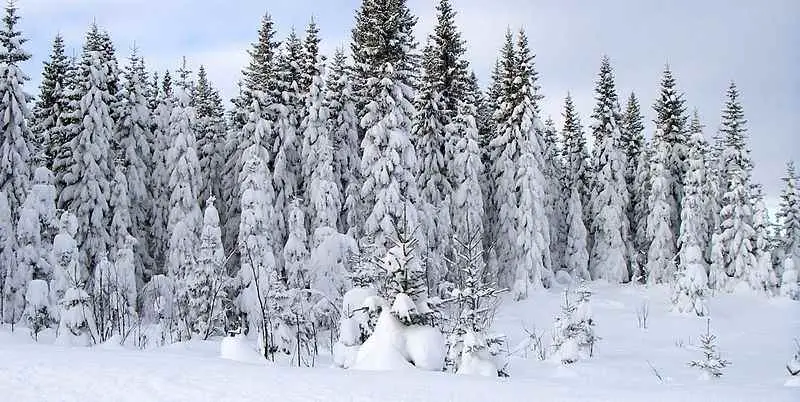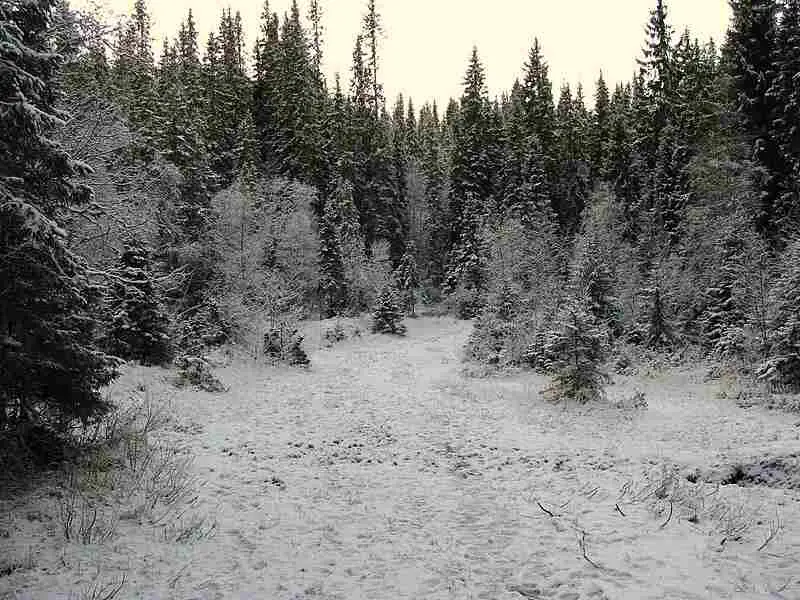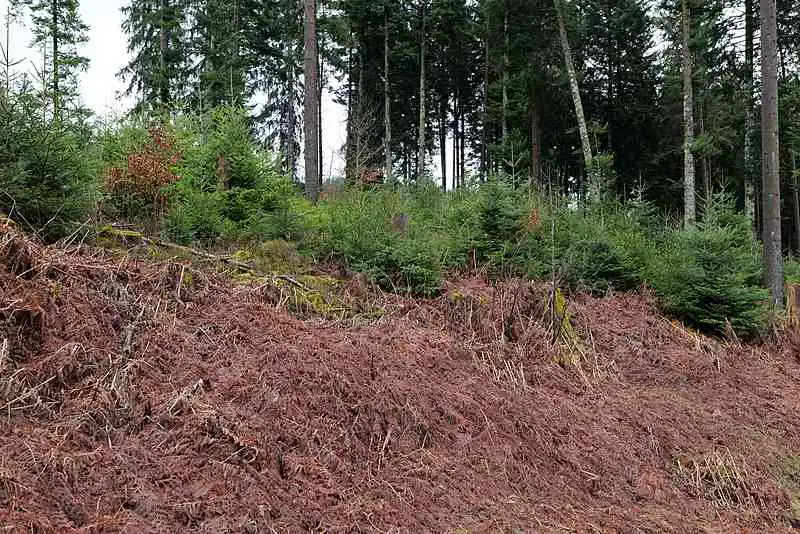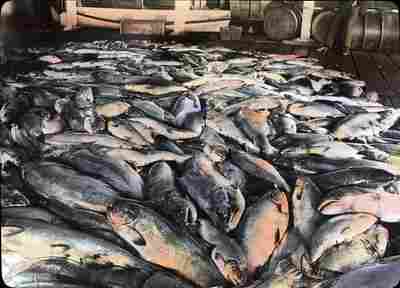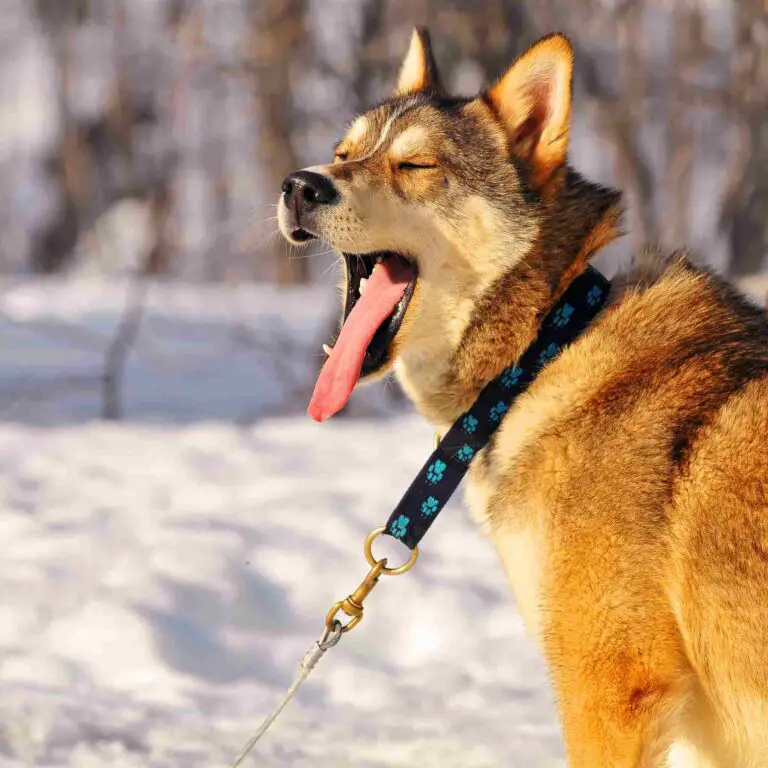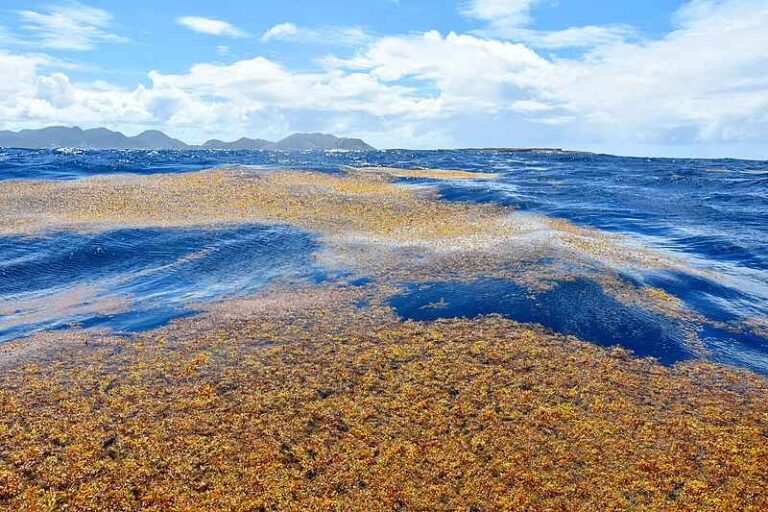5 Boreal Forest Climate Characteristics Discussed
Boreal forest climate is characterized by; low temperature, moderate precipitation and humidity, as well as variable solar radiation and atmospheric pressure.
This article discusses the boreal forest climate and its characteristics, as follows;
1). Temperature in the Boreal Forest (as one of the Boreal Forest Climate Characteristics)
Also referred to as the taiga; the boreal forest has a distinctive; cold or subarctic climate [4].
Two main seasons which occur in the boreal forest are; winter and summer.
Winter in boreal forests features prolonged periods of extreme cold, while summers have slightly higher temperatures, and last for a relatively short period of time.
On average, temperature is cold in the boreal forest, and ranges between -5 and 5°C on average, annually.
Significant temperature variations occur in the boreal forest between summer and winter seasons.
The winter may experience temperatures that fall below -40°C or lower; and lasts between six and eight months, during which precipitation occurs primarily as snowfall.
Summer temperatures are cool in the boreal forest, ranging between 11 and 20°C. This period features an increase in organic population sizes and activity, due to warmer conditions and increased solar radiation.
It must be noted that the given values are averages for boreal forests across the world, as there a gross variations in precise temperature range for boreal forests in different countries. Also, several studies have cited global warming and climate change as having a huge environmental impact on boreal forests, with some stating temperature-increases of up to 4°C and above [1].
Factors behind the cold temperature-range of the boreal forest include its high-latitude location, in the Northern Hemisphere where Arctic winds and polar convective-air currents are influential.

2). Precipitation in the Boreal Forest
Precipitation is a crucial element of the climate in boreal forests, and has a strong influence on both biotic and abiotic aspects of the ecosystem.
The amount of precipitation received by boreal forests yearly can be described as moderate; and experiences periodic variations in intensity with the different seasons.
Annual precipitation in the boreal forest is between 400 and 900 millimeters; with the overall average being about 400 mm [3], although values beyond this range are sometimes recorded.
Like tropical rainforests, the amount of precipitation is evenly distributed across the year, such that seasonal variations are slight.
The primary form in which precipitation occurs in boreal forests is snowfall.
Snow serves multiple roles in the boreal forest, including soil and water conservation.
It protects the soil (and its vegetation) by forming a layer of insulation above the ground in extreme-cold periods, and minimizing the rate of chemical weathering and leaching; while it conserves water by reducing the rate of infiltration.
Rainfall is the dominant form of precipitation in boreal forests, only during the summer months.
Moderate precipitation allows the boreal forest to sustain its plants and animals, while serving as the primary means of recharge for aquatic ecosystems like ponds and lakes that occur as micro-habitats in the forest.
Factors influencing the trend of precipitation in boreal forests include wind dynamics, topography, and position relative to large water bodies, as well as mountain ranges.
3). Humidity in the Boreal Forest (as one of the Boreal Forest Climate Characteristics)
Like rainfall, humidity varies slightly in the boreal forest, during the different seasons each year.
Humidity in the boreal forest is moderate, in general, although some boreal forests experience occasional, prolonged dryness. The highest levels of humidity are also generally recorded in the summer, as a result of higher rates of evapotranspiration.
Factors contributing to the humidity of the boreal forest are; vegetation, precipitation, and the presence of water bodies.
Snow-melting, rainfall and higher temperatures all facilitate increased humidity during the summer. Close-clustering of trees also helps to trap moisture in the boreal forest so that humidity-loss is minimized.
However, because they receive less precipitation and solar radiation than equatorial ecosystems like the tropical rainforest, boreal forests fall significantly behind such ecosystems in average humidity.
The prospect of moderate humidity is one of the reasons why boreal forests are able to support life in spite of their unfavorable temperature conditions.

4). Solar Radiation in the Boreal Forest
Solar radiation is yet another element of the boreal forest climate.
The intensity of solar radiation varies distinctively across the various annual seasons. Factors that determine this intensity and variation are; topography, vegetation, and latitude.
Because of its high-latitude location, solar radiation is relatively low in the bore forest compared to equatorial biomes that coincide more directly with the orbital path and incident angle of solar electromagnetic waves.
Solar radiation is more intense and prolonged during the summer in boreal forests; so that this period is characterized by long hours of daylight [2]. Winter receives less solar radiation, on the other hand.
These differences come from changes in the position of the Sun relative to the Earth at various times of the year.
The boreal forest generally lies between latitudes 50 and 60 degrees, in the Northern Hemisphere. This zone is prone to an oblique incidence angle of solar radiation, that gives the boreal forest less-direct and intense radiation that regions close to the equator.
Because solar radiation comprises of visible light and thermal energy; its oblique incidence results in lower temperature and photosynthetic effectiveness for boreal forests (relative to equatorial biomes).
Factors like the presence of significantly-dense clusters of coniferous trees like fir and spruce, which may intercept and absorb sunlight; affect how solar radiation interacts with the boreal forest. Other factors that contribute to the overall climatic impact of solar radiation in the boreal forest are; topography, snow cover and vegetation.
5). Atmospheric Pressure in the Boreal Forest (as one of the Boreal Forest Climate Characteristics)
Atmospheric pressure is simply a measure of the force exerted on a unit area of the Earth's surface by air masses.
In the boreal forest, atmospheric pressure varies with topography, temperature, elevation (above sea level), and seasonal changes.
Areas with higher elevation have lower atmospheric pressure, because these parts of the forest have lower masses of cold (or cool) air. Temperature and seasonal changes also influence the forest, so that higher temperature (such as during the summer) facilitates heating of air masses, which become less-dense and rise, to form low-pressure atmospheric zones.

Conclusion
Boreal forest climate can be analyzed in terms of;
1. Temperature
2. Precipitation
3. Humidity
4. Solar Radiation
5. Atmospheric Pressure
References
1). D'Orangeville, L.; St-Laurent, M.-H.; Boisvert-Marsh, L.; Zhang, X.; Bastille-Rousseau, G.; Itter, M. (2023). "Current Symptoms of Climate Change in Boreal Forest Trees and Wildlife." Boreal Forests in the Face of Climate Change: Sustainable Management (pp.747-771). Available at: https://doi.org/10.1007/978-3-031-15988-6_30. (Accessed 3 June 2023).
2). Kayes, I.; Mallik, A. U. (2020). "Boreal Forests: Distributions, Biodiversity, and Management." Life on Land (pp.1-12). Available at: https://doi.org/10.1007/978-3-319-71065-5_17-1. (Accessed 3 June 2023).
3). Price, D. T.; Alfaro, R. I.; Brown, K. J.; Flannigan, M.; Fleming, R. A.; Hogg, E. H.; Girardin, M. P.; Lakusta, T.; Johnson, M.; McKenney, D.; Pedlar, J. H.; Stratton, T.; Sturrock, R. N.; Thompson, I. D.; Trofymow, J. A.; Venier, L. (2013). "Anticipating the consequences of climate change for Canada’s boreal forest ecosystems." Environmental Reviews 21(4):322-365. Available at: https://doi.org/10.1139/er-2013-0042. (Accessed 3 June 2023).
4). Wang, J.; Taylor, A. R.; D'Orangeville, L. (2023). "Warming-induced tree growth may help offset increasing disturbance across the Canadian boreal forest." Proc Natl Acad Sci U S A. 2023 Jan 10;120(2):e2212780120. Available at: https://doi.org/10.1073/pnas.2212780120. (Accessed 3 June 2023).
